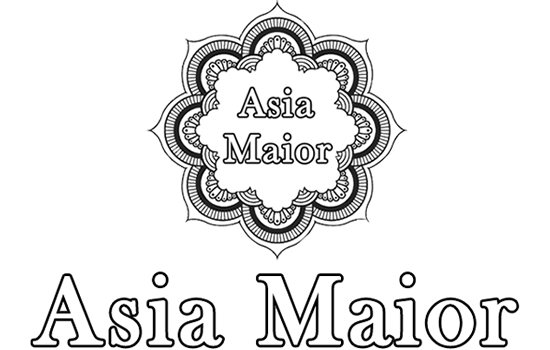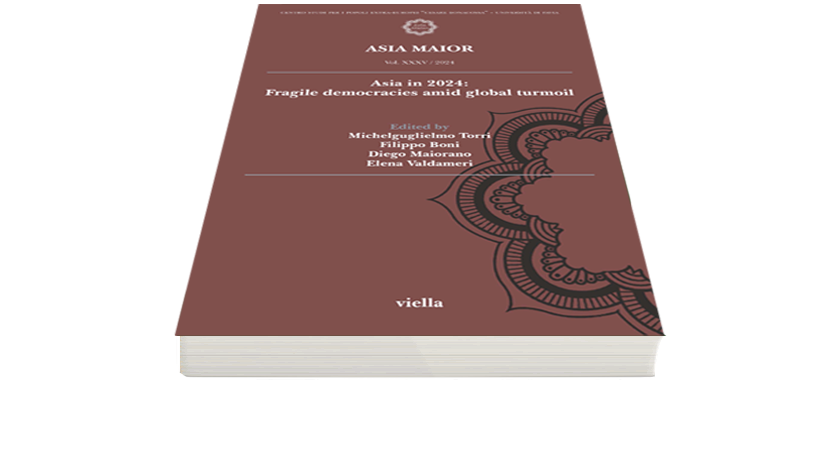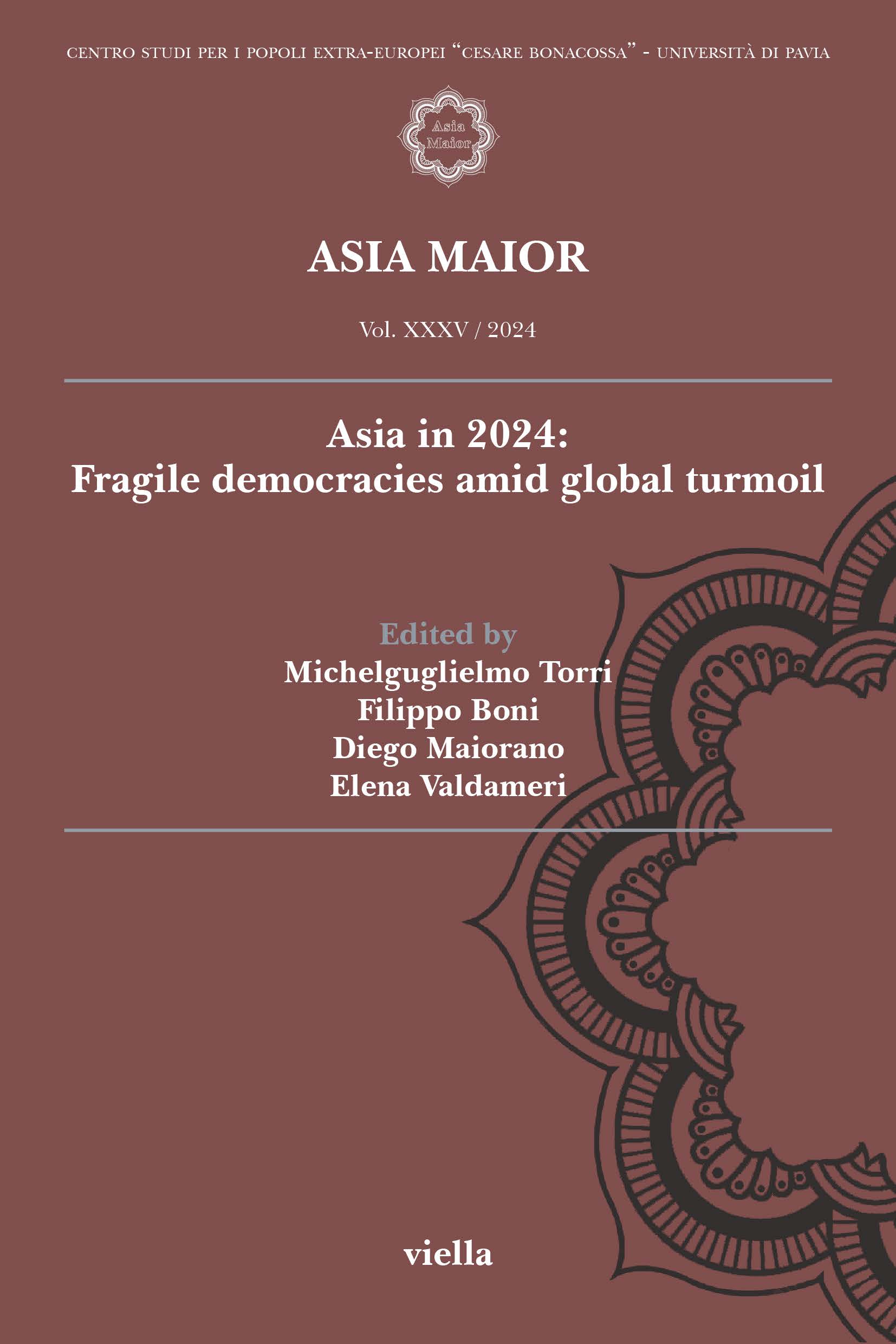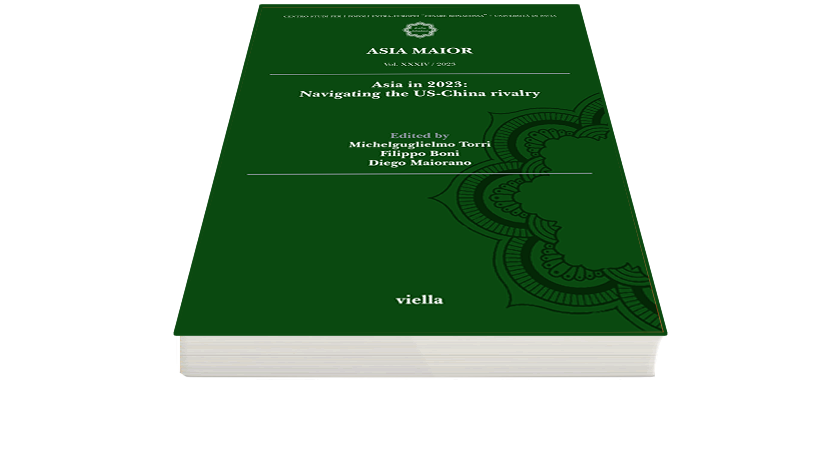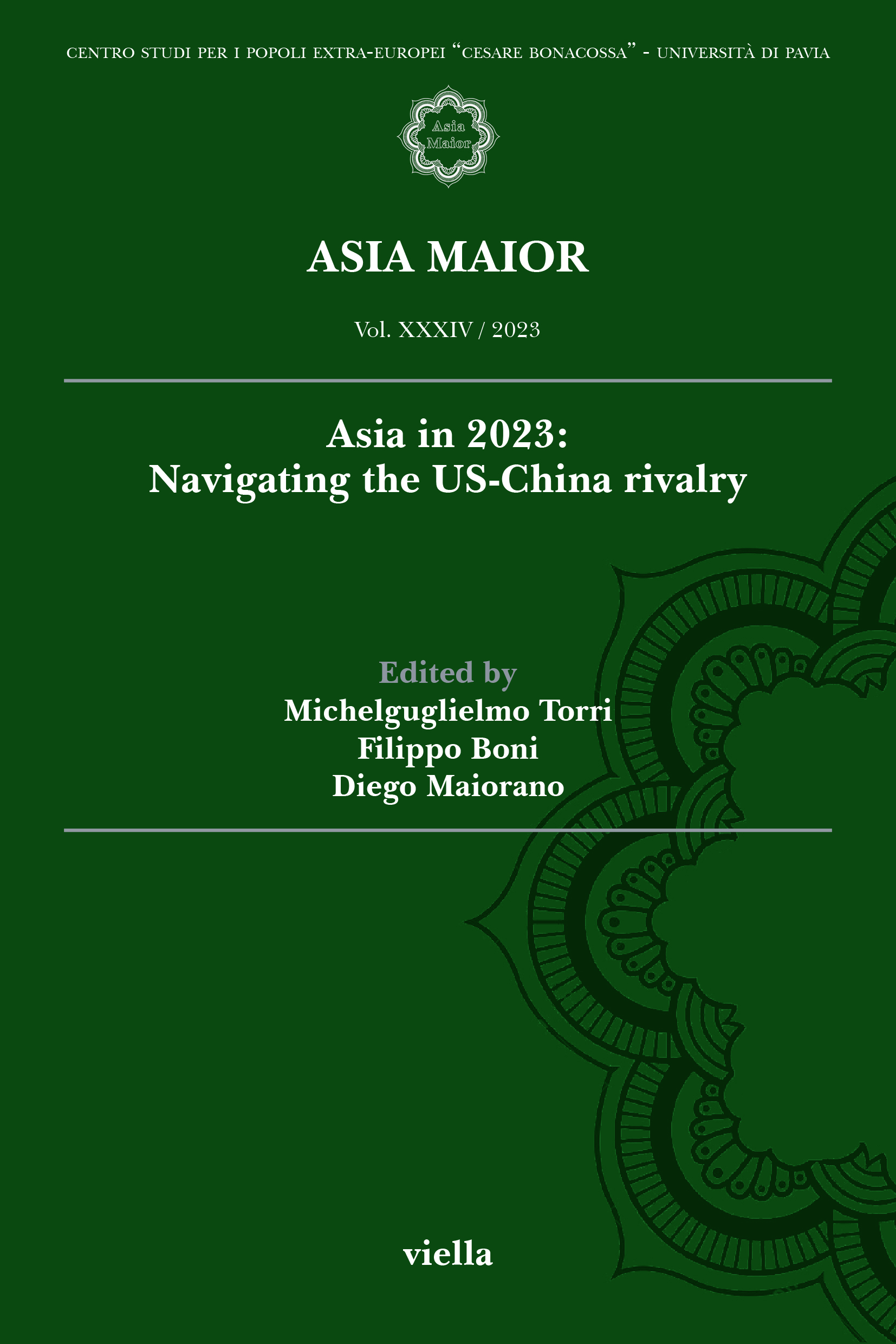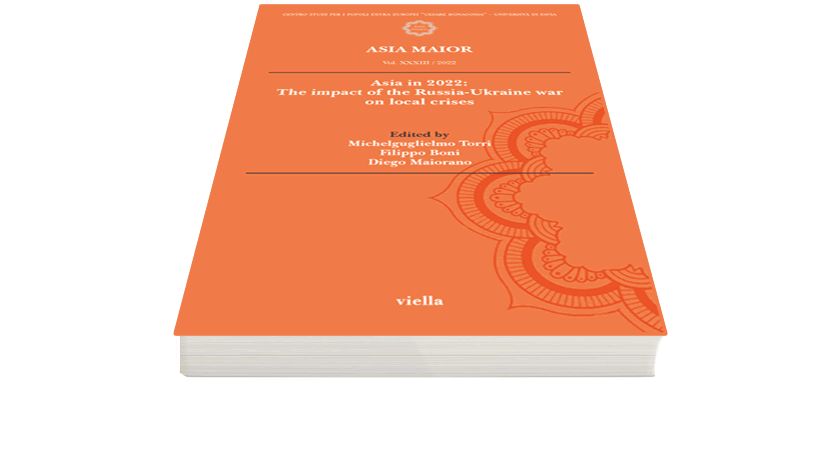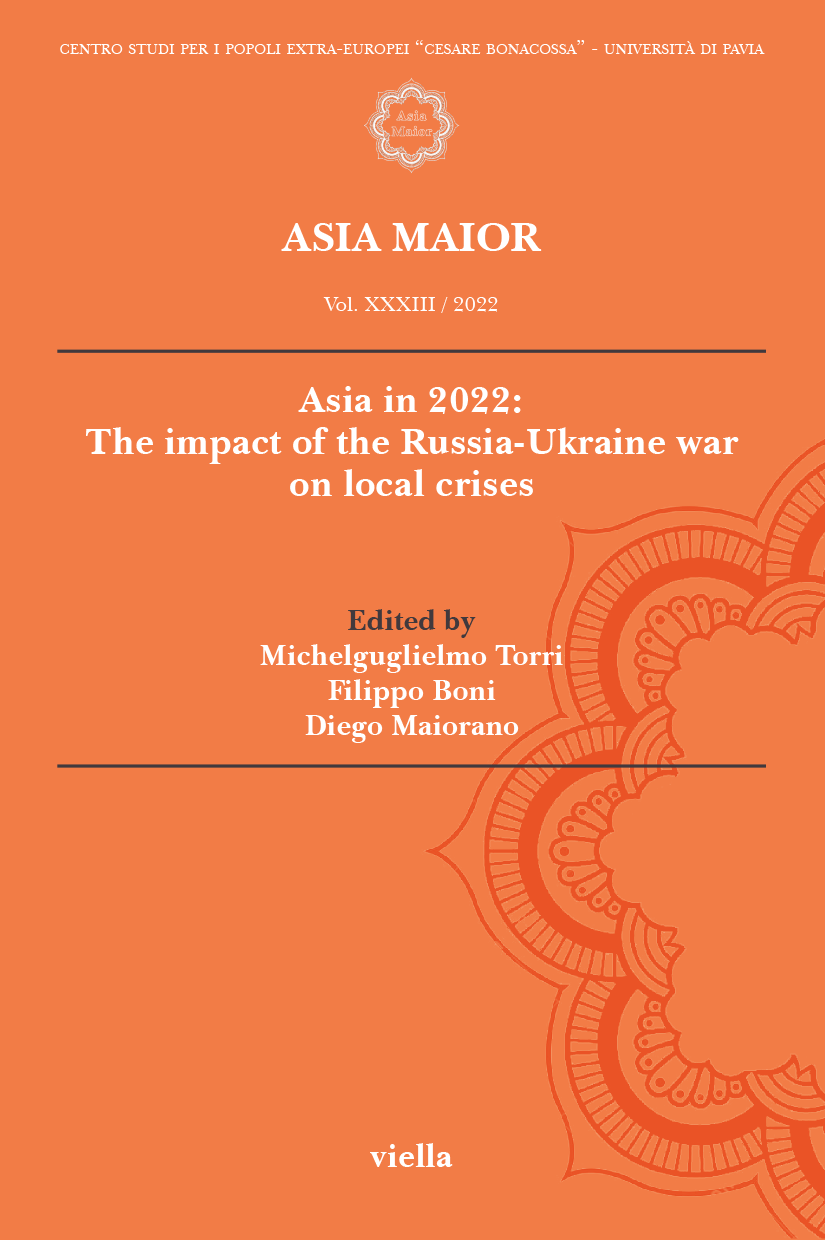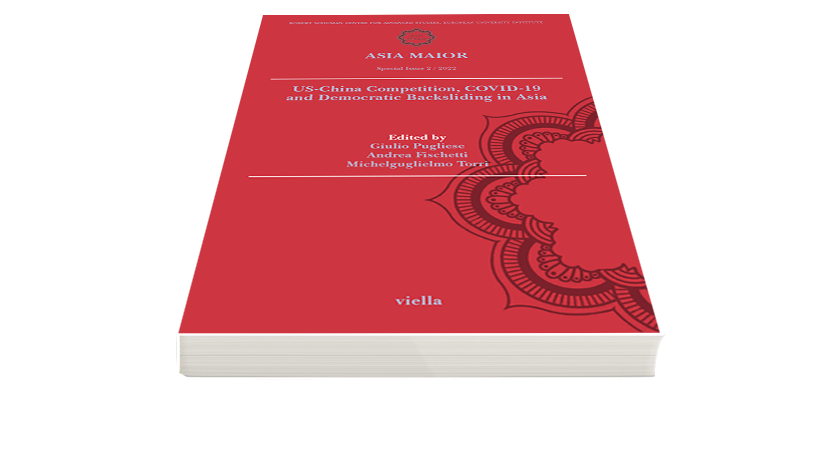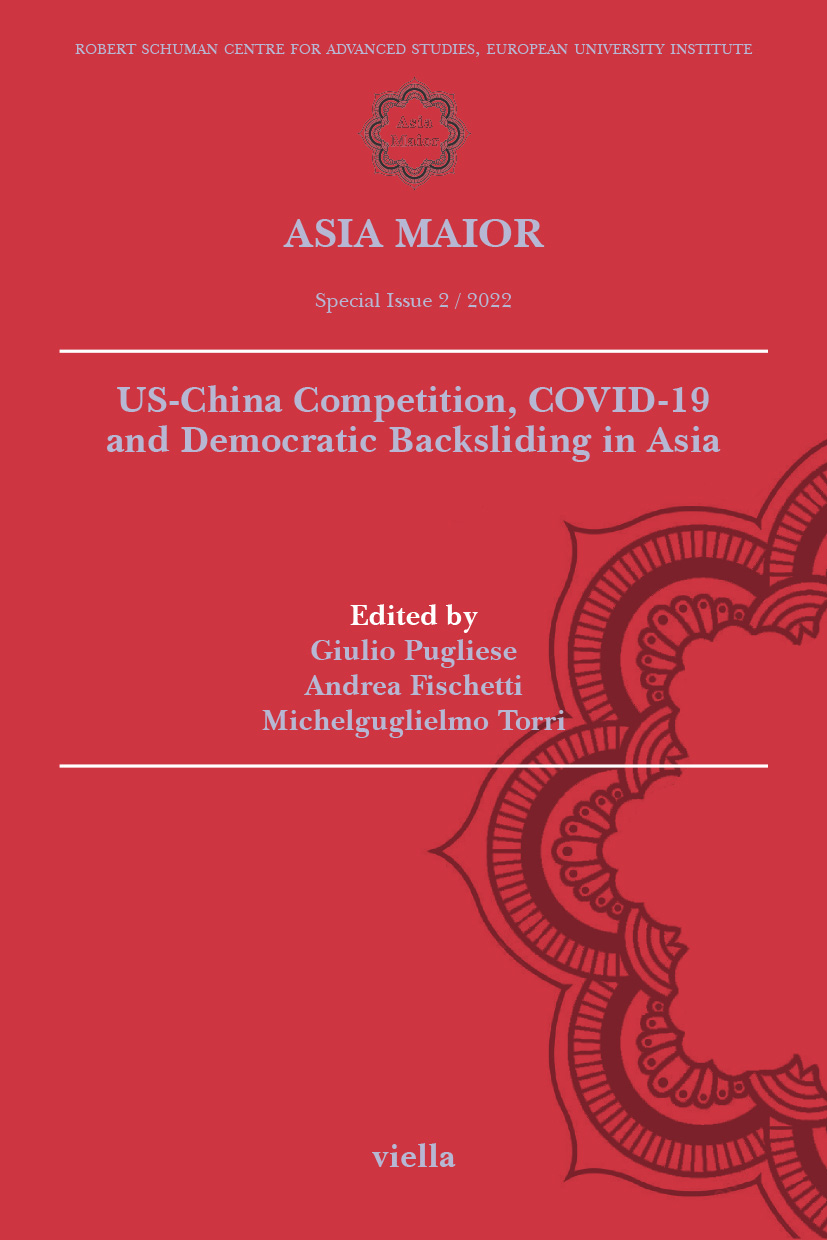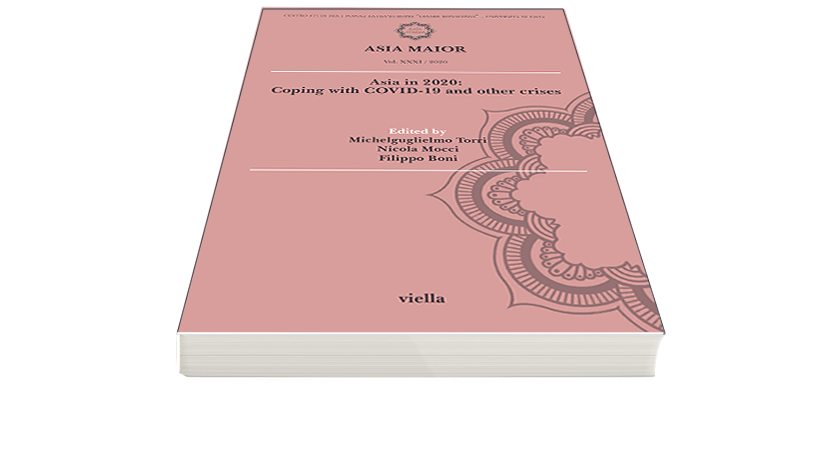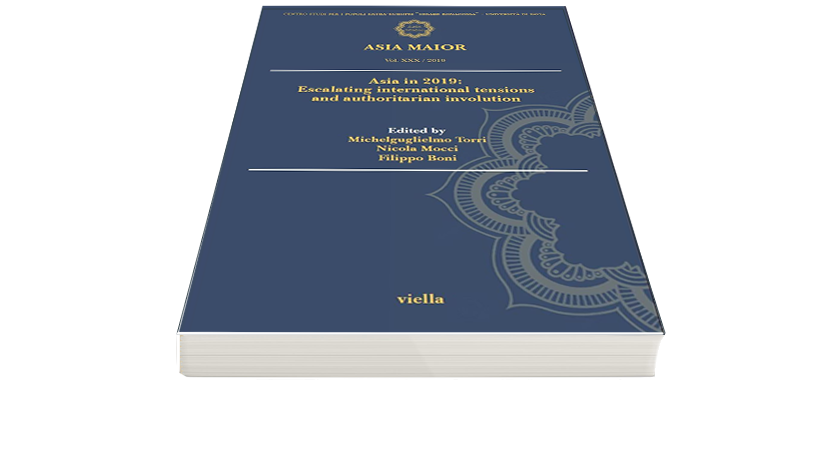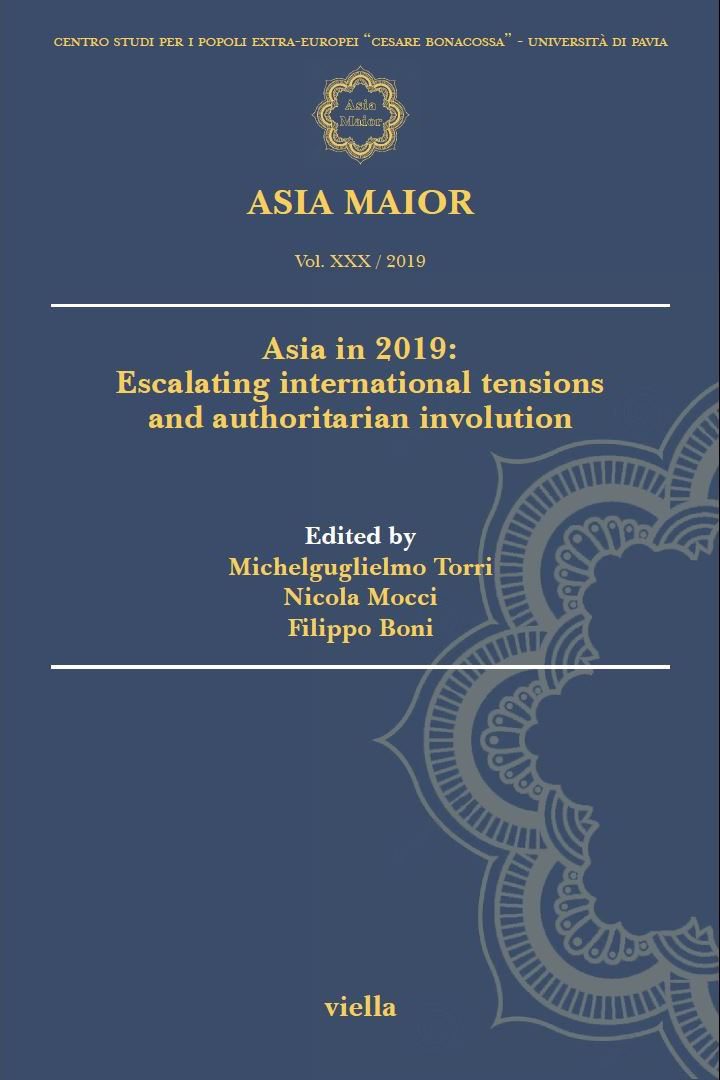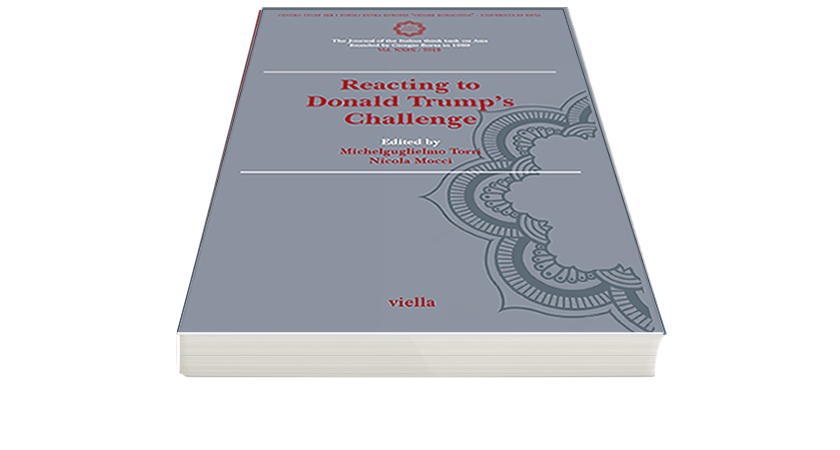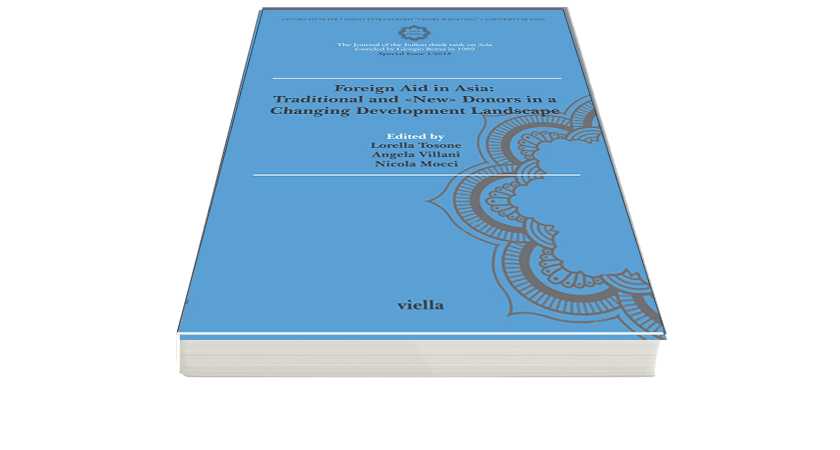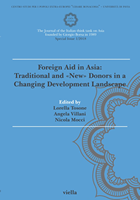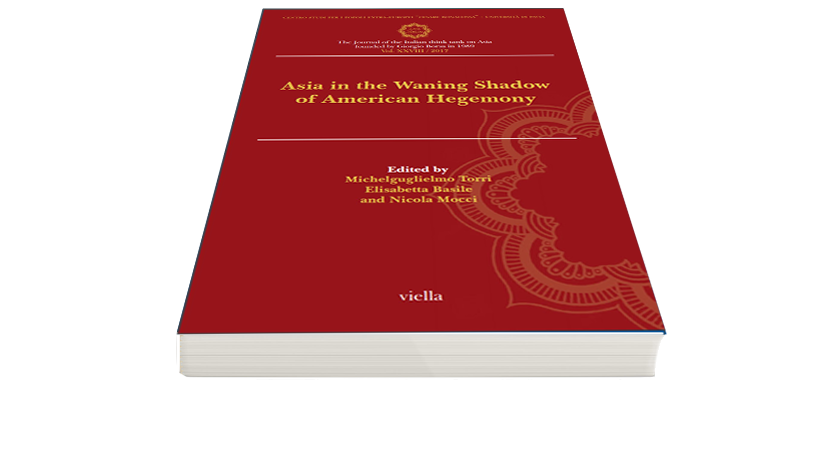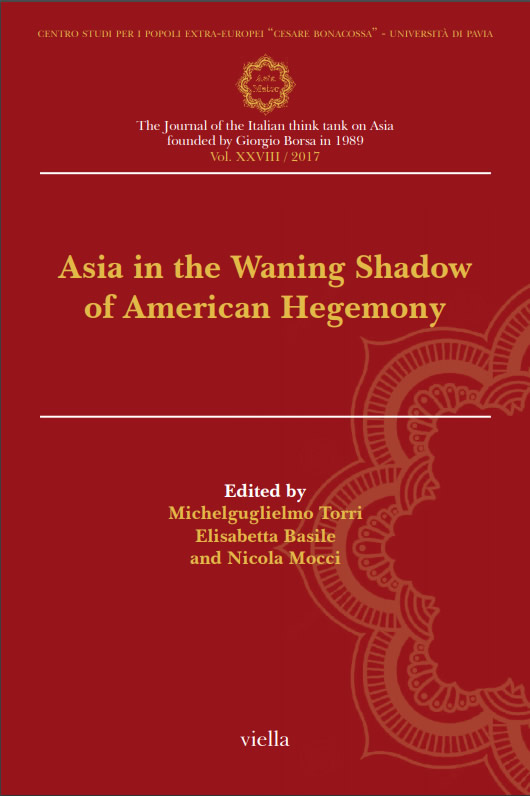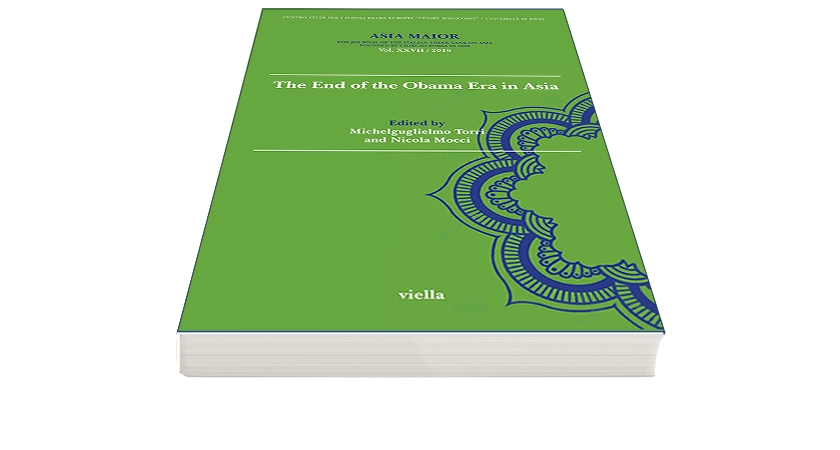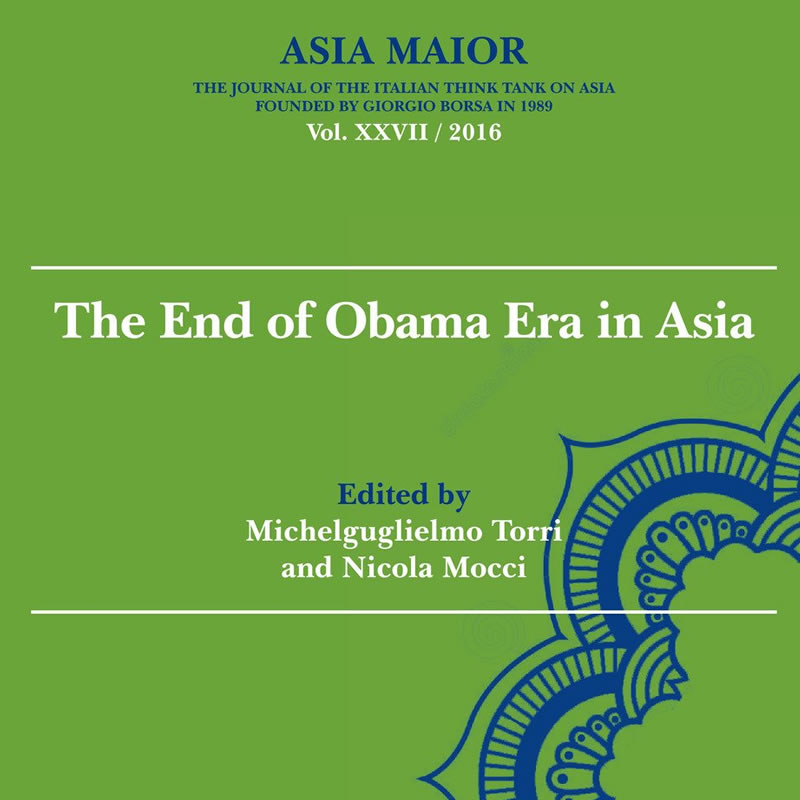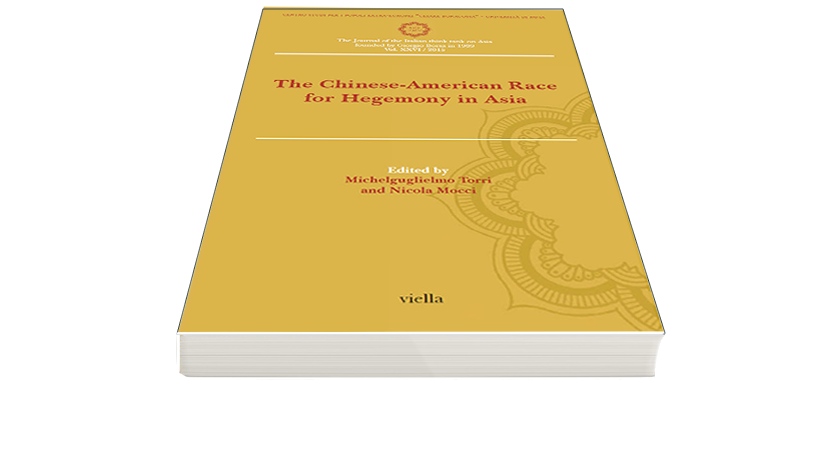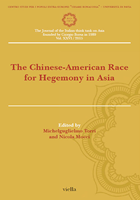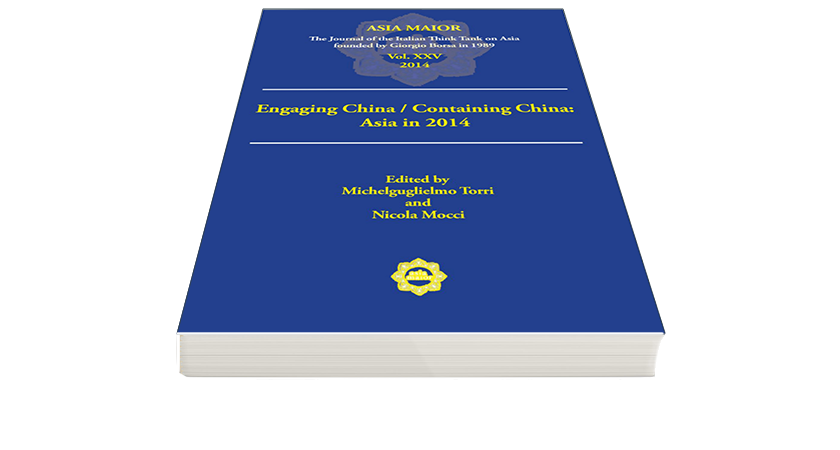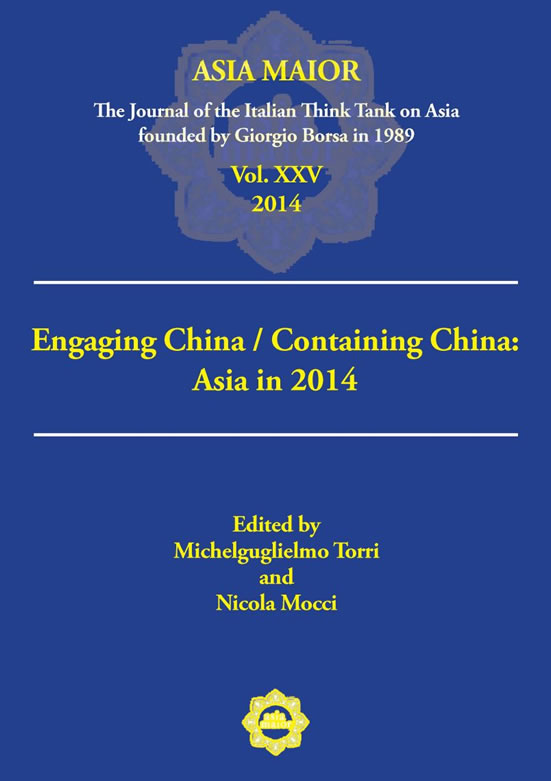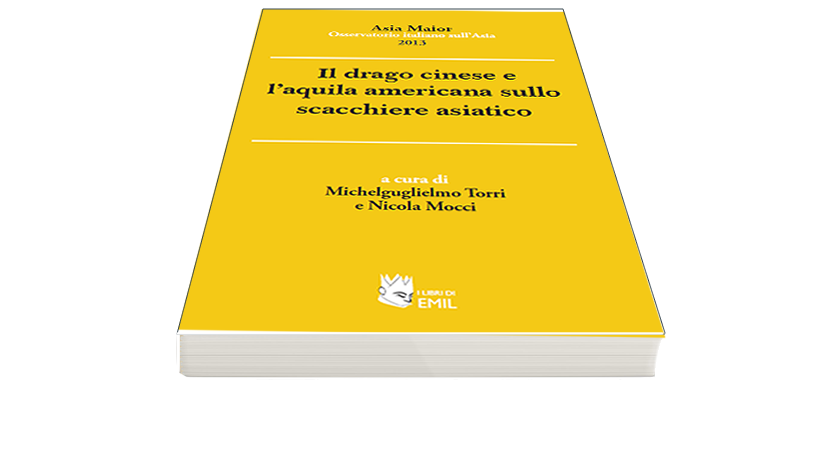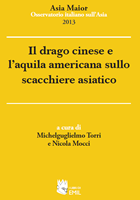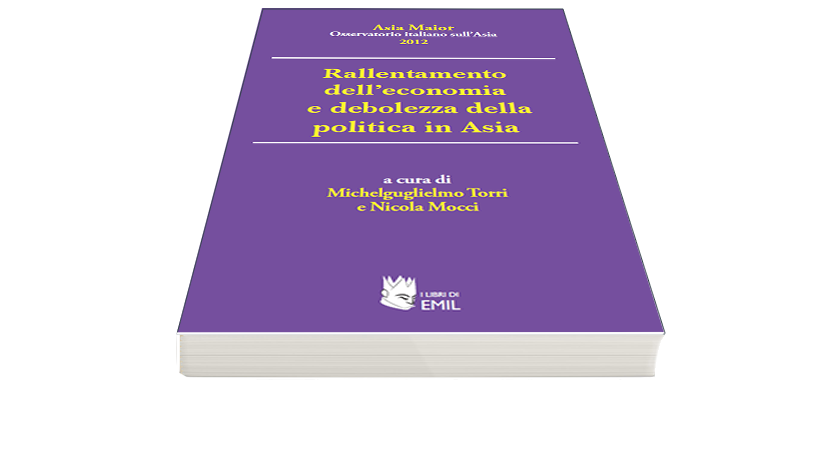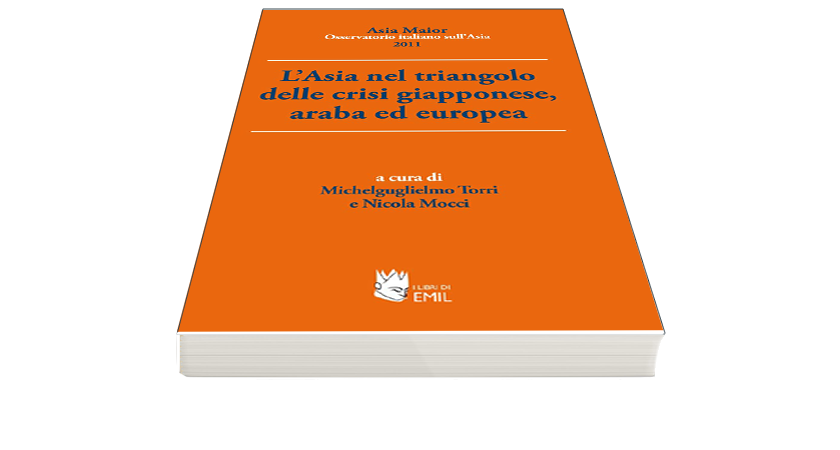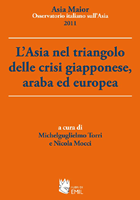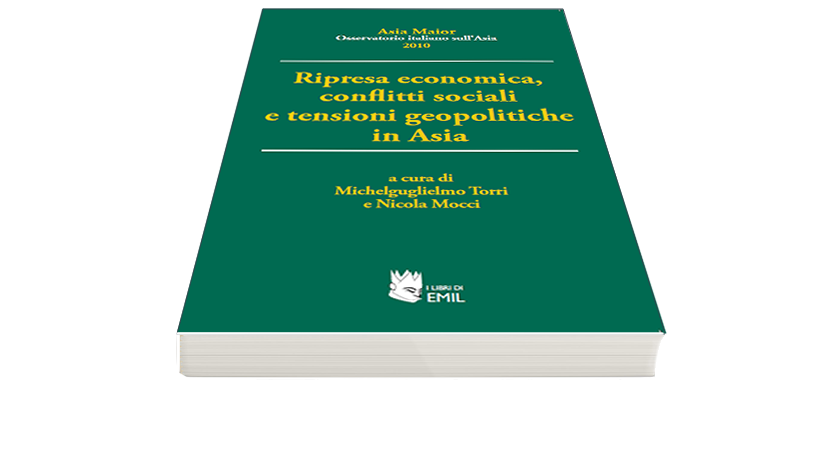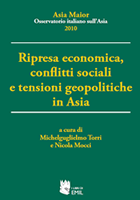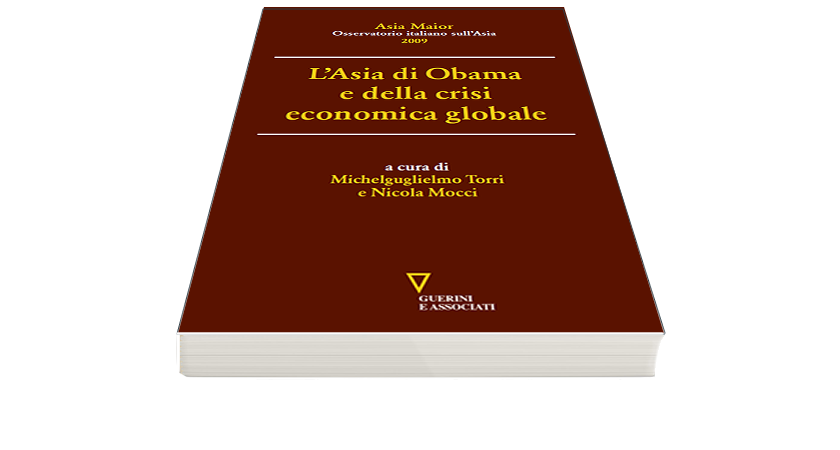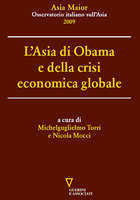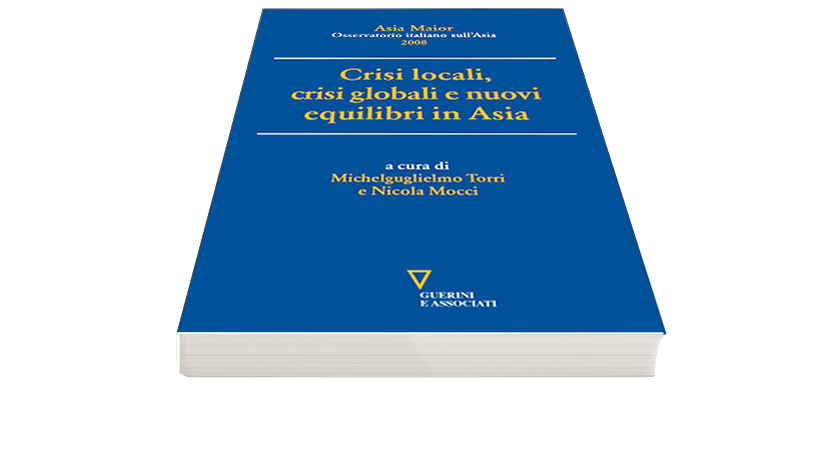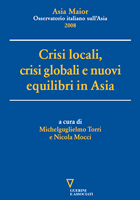Maritime Connections: Navigating through Vietnamese history
Available also in pdf – Download Pdf
Li Tana, A Maritime Vietnam. From Earliest Times to the Nineteenth Century, Cambridge: Cambridge University Press, 2024, 341 pp. (ISBN 978-1-009-23764-2).
In the early twenty-first century, Vietnam’s relationship with the sea is undeniable. On the one hand, the S-shaped country’s 3260-kilometre-long coastline welcomes a growing number of national and international tourists, enjoying the modernising seafront on the Pacific Ocean or discovering the beauty of Vietnamese bays from the deck of cruise liners. On the other hand, sea borders fuelled tensions with neighbouring countries, especially People’s Republic of China, over the control of the East Sea–also known as the South China Sea– along with its islands and rich fisheries and energy resources.
Recently, scholars have begun to explore Vietnam’s maritime history, particularly from the perspective of colonial and post-colonial Indochinese ports.18 In A Maritime Vietnam, historian Li Tana takes a step further by examining the sea connections of eastern Indochina before the nineteenth century. By getting to the roots of Vietnamese history, she aims to partake in its historiographic renewal inasmuch as she goes beyond its traditional frame, based on rural territories as well as on a national and nationalist approach. Currently an Honorary Senior Fellow at the Australian National University’s College of Asia and Pacific Studies in Canberra, Li completes and widens her previous works dealing with both the Mekong region and the Tonkin Gulf.19 Rather than presenting a history of the East Sea and its Vietnamese coastline, she explores the ways in which maritime dynamics shaped Southeast Asian governance, economies, societies, cultures, and religions. She informs us on the genesis of modern Vietnam, shedding light on what Vietnam was and is, linking past and present through the lens of a longue-durée history.
Li’s book is structured around case studies that are skilfully interconnected, offering a broad yet cohesive picture of Vietnam’s maritime past. The study unfolds in three main sections. The first three chapters focus on the pre-Dai Viet period, laying the foundations of ancient sea-land connections (Chapter 1). From the beginning, some common features are highlighted, i.e., the effects of geomorphological changes, the development of port cities as well as agricultural activities – especially linked to the cultivation of rice –, and the impact of local and regional migration. During the first millennium AD, two territories played their cards right: China-dominated Jiaozhi (Chapter 2) and Linyi (Chapter 3). The first one appears to be an economic and cultural hub, through the diffusion of aromatics and Buddhism, testifying of Sino-Indian relations. It faced southern competition with Cham’s Linyi, also specializing in aromatic plants used in religious cults, and expanding north and south. As early as the eleventh century, Dai Viet did not put an end to regional connections.
The second section of the book examines the rise of Dai Viet and its «Maritime Resurgence» (Chapter 4). From the eleventh century onwards, despite the inland location of the first imperial city, Thanh Long, the Ly dynasty actively engaged with the sea. Forced migration and maritime raids were central to territorial expansion. Salt production, particularly from coastal marshlands, became a key economic activity. Meanwhile, further south, Champa remained a major economic hub benefitting from a Chinese presence and, above all, from its role in Muslim trading networks (Chapter 5). The regional incorporation of Vietnam into Muslim trade networks, including ceramic circulation, persisted until the sixteenth century (Chapter 6). The Vietnamese took the most of the Ming dynasty’s ban of foreign trade, filling the gap thanks to the arrival of craftsmen from China.
The third section explores Vietnam’s transformation during the Age of Commerce (sixteenth–eighteenth centuries) considering Tongking, in the north of the Indochinese Peninsula, (Chapter 7) and Dang Trong/Cochinchina, in the South (Chapter 8). The northern territory became integrated into the global silk and silver trade, in which Japan was a significant player. These commercial networks transformed the Tongking’s society and territory particularly through the multiplication of markets and communal halls (đình), which served as trading posts and social spaces. The involvement of women in peddling activities also renegotiated social and sexual relations while maritime wealth strengthened the role of villages as much as that of the administrative elite, with an increasing number of literati replacing the military on the political scene. In Cochinchina, the Nguyễn established a distinct «Maritime Entity» in the seventeenth century. They adopted Malay-style ghe bầu ships, developed maritime salvage operations, and expanded their influence over key ports and entrepôts. Cochinchina, thus became an intermediary between China and Japan, integrating forest products into its commercial networks.
The final chapters examine the decline of Vietnam’s «water frontier» through political and economic changes following the Tay Son rebellion which started in the 1770s. By the mid-eighteenth century, a great diversity of products circulated via Vietnamese ports, including rice, tea, tin, pepper, and sugar. Trade reached its peak in the 1760s, driven by triangular exchanges between the Gulf of Siam, Huế and Canton. However, speculation, corruption, and the Tay Son uprising disrupted this network, leading to the mass emigration of Chinese established in the peninsula, a major link in the trade chain, and economic regression. Chapter 9 details this economic regression, while Chapter 10 explores the Nguyễn dynasty failure to ensure economic prosperity. Unlike other Southeast and East Asian states, the Nguyễn struggled to ensure political integration and economic stability. Instead, regionalism prevailed: southern ports remained export-oriented, while the North was subjected to a grain-shipping system, named ‘tao van’, in order to feed the Central provinces. After decades of free trade, rice consequently became a highly political commodity.
All in all, this book offers a stimulating study of the history of Vietnam that does not ignore politics and dynasties but links them to economic, social, and cultural phenomena. The book puts the predominance of political facts and actors into perspective, stressing the role and agency of economic actors, including craftsmen, smugglers, and migrants. While questioning land and sea borders, the historian also reveals the shaping and unshaping of territories that took part in the formation of Vietnam and the Vietnamese society to the present day.
Li’s approach offers a connected history highlighting the complex entanglement of relations forged on the Indochinese peninsula. While China remains central, Li’s book widens the horizon by considering other Asian populations and territories, to include Muslim merchants from the Middle East and the Ottoman Empire, as well as European traders, particularly the Dutch VOC and the British. In doing so, her work not only addresses historians of Vietnam but represents a valuable piece of Southeast Asian global history. Li employs a connected history methodology that ignores the borders between history and archaeology, geomorphology, and, to a lower extent, economy, literature and poetry. Archaeological findings are put to the forefront right beside a particularly rich use of the existing Vietnamese, Chinese, English, French and Japanese scholarship. If some of the attached maps, especially in the first chapters, could appear quite blurry to readers freshly diving into the history of Vietnam and Southeast Asia, this is easily counterbalanced by Li’s thoughtful and instructive writing style. Furthermore, her use of micro-history along with detailed case studies of human and commodity circulation serve a dual function: it compensates the lack of historical evidence in order to seize the social dimension of sea-land connections and facilitate the understanding of complex interactions. Through this study, Li Tana’s book paves the way for new studies on Vietnam, and Southeast Asia, transcending traditional boundaries.
Asia Maior, XXXV / 2024
© Viella s.r.l. & Associazione Asia Maior
ISSN 2385-2526
